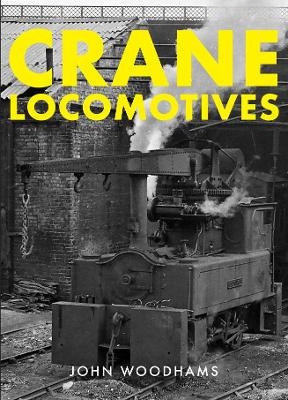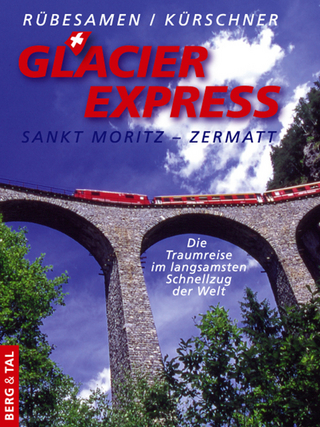
Crane Locomotives
Seiten
2022
Amberley Publishing (Verlag)
978-1-3981-0991-9 (ISBN)
Amberley Publishing (Verlag)
978-1-3981-0991-9 (ISBN)
Previously unpublished photographs help to illustrate the story of these fascinating railway oddities.
The first cranes mounted on railway wheels were hand-operated, but by the mid-nineteenth century several builders had fitted steam engines and boilers to enhance lifting capabilities, though initially these machines were not self-propelled, but merely portable. By the 1860s self-propelled cranes were offered and gradually designs were developed for more specialised uses, such as dealing with accidents or for quarrying.
A crane locomotive is a conventional steam locomotive, built or subsequently fitted with a crane jib. The first example was a locomotive converted by the London & North Western Railway in 1866. Other railways followed with their own conversions, and three main line companies even built a small number new. These were all mainly employed for shunting and loading in workshop areas. Private firms also designed and built specialist crane locomotives for use in heavy industry, such as shipyards and steelworks, where they proved to be extremely versatile, with the last examples working into the early 1970s. While over 200 were built in the UK, for both domestic service and export, these fascinating machines have been largely overlooked by the railway historian and enthusiast.
The first cranes mounted on railway wheels were hand-operated, but by the mid-nineteenth century several builders had fitted steam engines and boilers to enhance lifting capabilities, though initially these machines were not self-propelled, but merely portable. By the 1860s self-propelled cranes were offered and gradually designs were developed for more specialised uses, such as dealing with accidents or for quarrying.
A crane locomotive is a conventional steam locomotive, built or subsequently fitted with a crane jib. The first example was a locomotive converted by the London & North Western Railway in 1866. Other railways followed with their own conversions, and three main line companies even built a small number new. These were all mainly employed for shunting and loading in workshop areas. Private firms also designed and built specialist crane locomotives for use in heavy industry, such as shipyards and steelworks, where they proved to be extremely versatile, with the last examples working into the early 1970s. While over 200 were built in the UK, for both domestic service and export, these fascinating machines have been largely overlooked by the railway historian and enthusiast.
John Woodhams was born and brought up on the Isle of Wight, and qualified as a chartered surveyor, but for a number of years ran his own business as a tour operator, specialising in small group continental tours by train, and UK tours using restored vintage motor coaches. He and Margaret now live in Wingham, a village close to Canterbury, hence his interest in the history of the city. He has previously written several books on transport subjects, but this is his first local history title.
| Erscheinungsdatum | 21.07.2022 |
|---|---|
| Zusatzinfo | 140 Illustrations |
| Verlagsort | Chalford |
| Sprache | englisch |
| Maße | 165 x 234 mm |
| Gewicht | 283 g |
| Themenwelt | Natur / Technik ► Fahrzeuge / Flugzeuge / Schiffe ► Schienenfahrzeuge |
| ISBN-10 | 1-3981-0991-6 / 1398109916 |
| ISBN-13 | 978-1-3981-0991-9 / 9781398109919 |
| Zustand | Neuware |
| Haben Sie eine Frage zum Produkt? |
Mehr entdecken
aus dem Bereich
aus dem Bereich
St. Moritz – Zermatt : die Traumreise im langsamsten Schnellzug der …
Buch | Hardcover (2023)
Verlag Berg & Tal
14,95 €
Betriebsmaschinendienst, Einsatz bei den Bahnbetriebswerken und …
Buch | Hardcover (2024)
EK-Verlag
54,00 €
Buch | Hardcover (2023)
GeraMond (Verlag)
27,99 €


